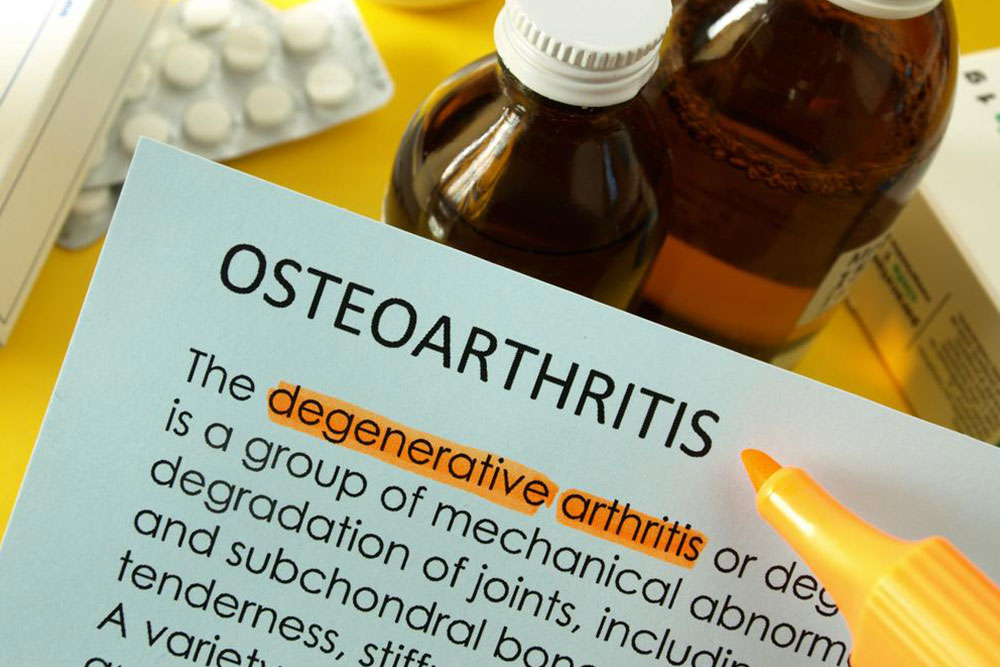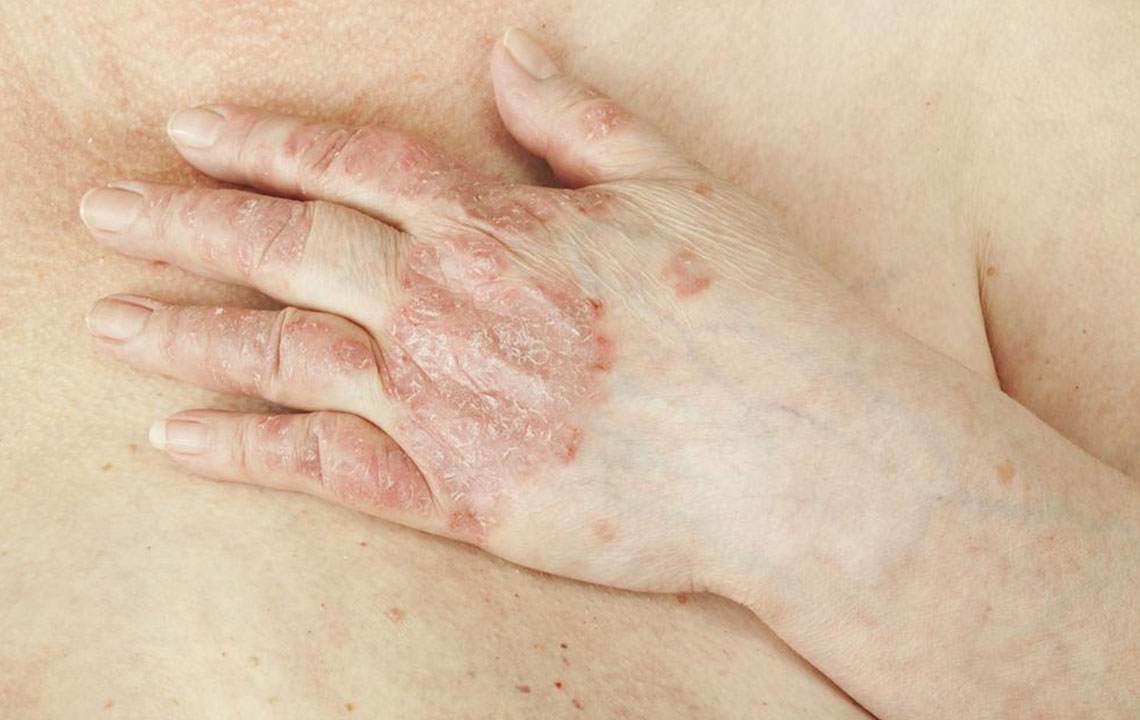Understanding Avascular Necrosis: Symptoms and Treatment Options
Avascular necrosis (AVN) is a serious condition due to compromised blood flow to the bone, leading to tissue death and joint damage. Symptoms include pain, limited movement, and joint instability. Early diagnosis and a range of treatments such as core decompression, bone grafts, or joint replacement are vital. Alternative therapies may support recovery but should be discussed with healthcare professionals. Prompt medical intervention can prevent severe joint damage and improve quality of life.

Understanding Avascular Necrosis: Symptoms and Treatment Options
Avascular necrosis (AVN), also called osteonecrosis or bone infarction, is a condition where bone tissue deteriorates due to inadequate blood supply. Over time, this can cause small fractures and eventual bone collapse. Causes include trauma, injuries, or certain medical issues. Early detection and prompt treatment are crucial for effective management of AVN symptoms.
Signs of Avascular Necrosis
Pain in affected joints
Limited movement or stiffness
Joint discomfort
Muscle wasting around the joint
Bone weakening or deterioration
Grinding sounds during joint movement
Initial stages may not show symptoms, but as the condition advances, pain and functional limitations increase.
Management of Stage 3 Avascular Necrosis
In stage 3, the affected bone often shows significant collapse or deformation. The treatment approach depends on factors like lesion size, site, patient age, and overall health. Some recommended therapies include:
Conservative Treatments
Small areas with mild symptoms may benefit from non-invasive methods such as physical therapy, medication, and the use of walking aids like crutches to reduce joint stress.
Core Decompression
This surgery reduces pressure within the affected bone and promotes blood flow, especially in early stages with minor damage.
Bone Grafting
Healthy bone tissue is transplanted to strengthen and encourage regeneration at the injury site, often combined with decompression.
Joint Replacement
If the joint damage is severe or other treatments fail, replacing the joint with a prosthetic made from plastic or metal may be necessary.
Physical Therapy and Rehabilitation
Exercises and therapies improve joint flexibility and strengthen surrounding muscles.
Electrical and Shock Wave Therapy
Methods like electrical stimulation and ESWT aim to enhance blood flow and accelerate healing.
Osteotomy and Regenerative Techniques
Surgical reshaping of bones or innovative treatments like platelet-rich plasma or stem cell therapy may help in tissue regeneration.
The optimal treatment relies on disease stage, location, cause, age, health, and doctor expertise.
Alternative Therapies for AVN
Though the effectiveness of alternative methods remains uncertain, some patients consider options such as:
Chiropractic adjustments to improve alignment
Herbal supplements like ginkgo, ginger, turmeric to reduce inflammation
Vitamin and mineral supplements such as vitamin D and calcium
Acupuncture for pain relief and general well-being
Muscle relaxation therapies including massage and osteopathic treatments
Exercises like yoga and Tai Chi to improve flexibility, reduce stress, and promote health
Consult a healthcare provider before trying these approaches to ensure safety and suitability.
Early diagnosis and tailored treatment approaches are vital to prevent further joint deterioration and improve outcomes. A professional healthcare provider is essential in designing an effective management plan, possibly combining several therapies to suit individual needs. Immediate medical attention is highly recommended if AVN is diagnosed.










